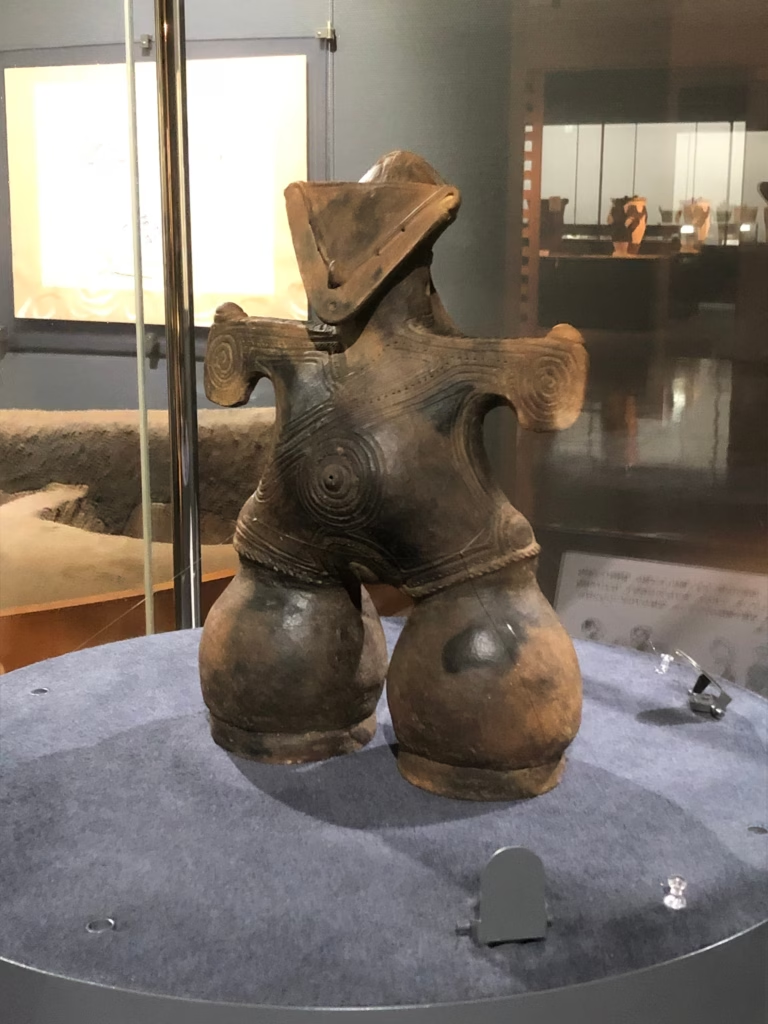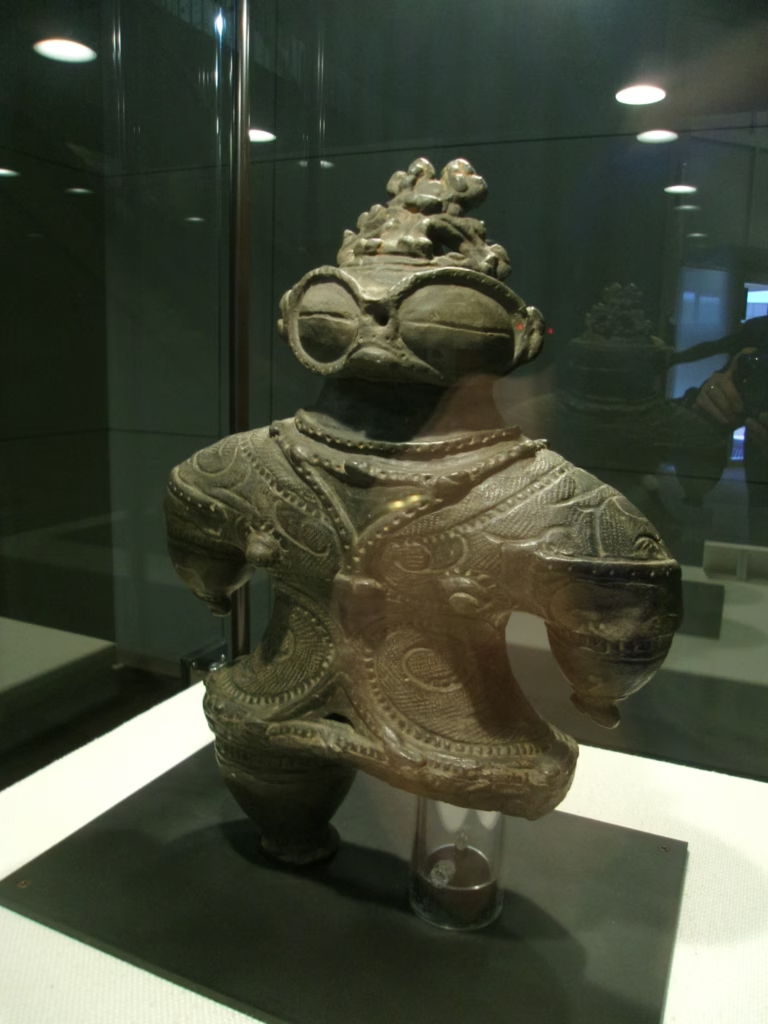Ceramic figurines from Japan’s prehistoric Jōmon culture continue to captivate archaeologists and enthusiasts alike. Known as Shakōkidogū, these figures stand out with their oversized eyes that look like they’re wearing glasses. But what could these mysterious statues represent?
The Aesthetic and Spiritual Legacy of the Jōmon Period
Dating from approximately 14,000 to 400 BCE, the Jōmon culture reflects a complex lifestyle developed by hunter-gatherer communities across the Japanese islands. The small clay figures called dogū mostly represent female forms and are often linked to fertility, shamanism, or goddess worship rituals.
Among all dogū figurines, the Shakōkidogū found mainly in northern Japan—especially in Hokkaidō, Tōhoku, and Kantō regions—are particularly remarkable. Their large eye sockets and unusual designs set them apart from typical human forms.

Glasses or Ritual Masks?
The most striking feature of Shakōkidogū figures is the huge protrusions around their eyes, resembling sunglasses. Researchers have even compared these to the snow goggles used by Inuit peoples. The term “Shakōki” literally means “light-blocking device” in Japanese.
Their stylized bodies feature narrow waists, small hands, and postures that look like dancing or shamanic trance. The markings on their surfaces may symbolize tattoos or ritual scars.
What Were They Used For?
The exact purpose of Shakōkidogū remains unknown. Many of these figures were found deliberately broken—missing limbs or heads—suggesting they might have been used to transfer illness or evil spirits away from the community. Breaking the figurine was believed to break the curse or sickness.
Another popular theory is that these figures represent shamanic beings mediating between the human and spiritual worlds. Their large eyes might symbolize altered states of consciousness.
Some more speculative ideas suggest connections with extraterrestrials or distant cultures, but none of these have been proven.

Their Influence on Modern Culture
Today, Shakōkidogū figurines are considered National Treasures of Japan and are displayed in prestigious institutions like the Tokyo National Museum. They have also inspired aspects of modern pop culture, including manga, anime, and video games.
Still Intriguing After Thousands of Years
These extraordinary artifacts left by Jōmon people carry not only ancient history but also continue to spark imagination today. Shakōkidogū figures remain one of archaeology’s most fascinating unsolved mysteries.
References
This article was prepared with the assistance of Guillermo Carvajal’s article titled “Shakōkidogū, the Enigmatic Humanoid Figurines with Glasses from Prehistoric Japan,” published on labrujulaverde.
Cover Image Credit: Shakōkidogū found in Tsugaru, Aomori Prefecture, Japan. Credit: Saigen Jiro / Public domain. Wikimedia Commons





